Home>Furniture & Design>Outdoor Furniture>What Kind Of Wire For Outdoor Outlet
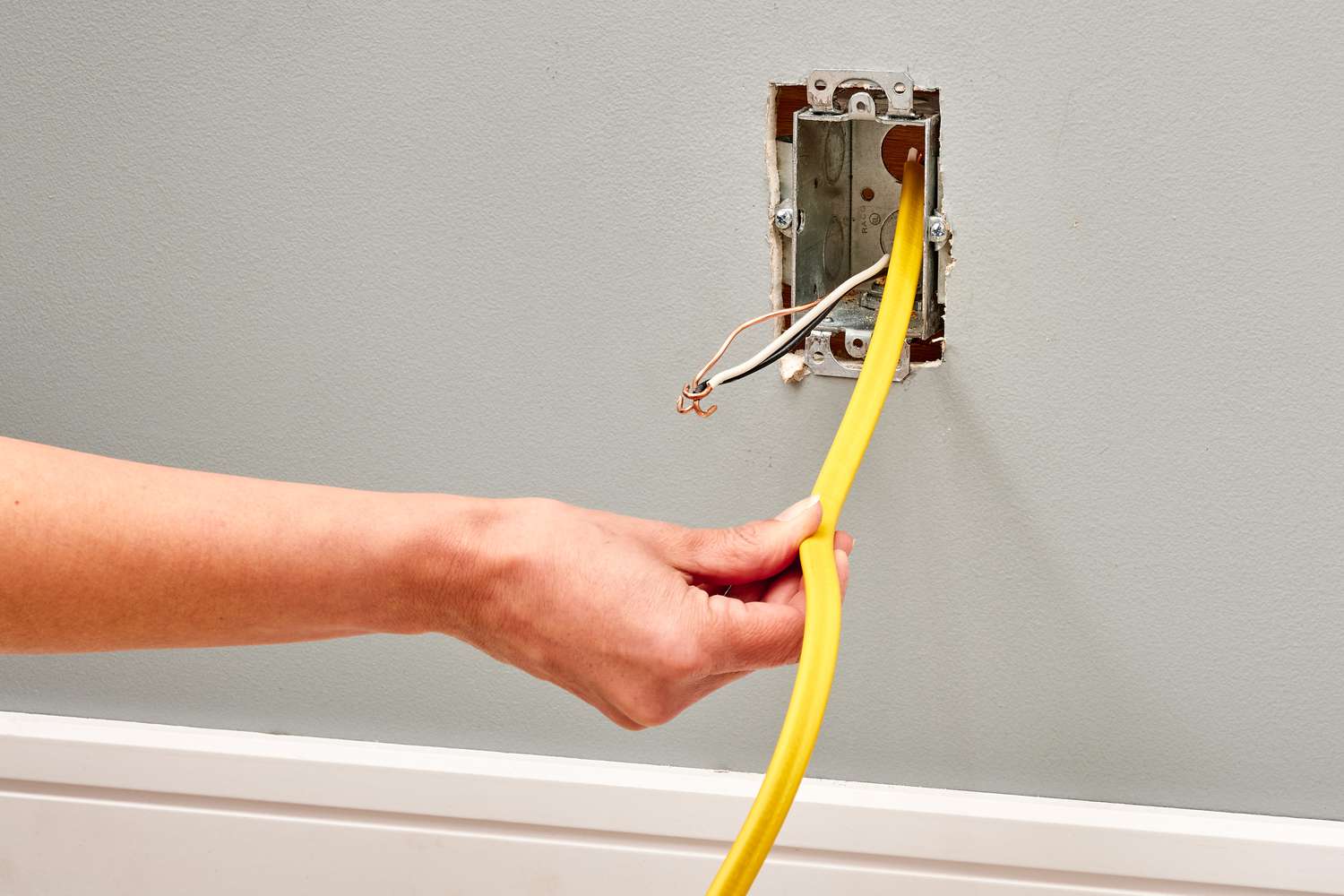

Outdoor Furniture
What Kind Of Wire For Outdoor Outlet
Modified: August 28, 2024
Discover the best wire options for outdoor outlets to ensure safety and durability. Get expert advice on outdoor furniture, design, and more.
(Many of the links in this article redirect to a specific reviewed product. Your purchase of these products through affiliate links helps to generate commission for Storables.com, at no extra cost. Learn more)
Introduction
When it comes to creating a welcoming and functional outdoor space, the inclusion of electrical outlets is often a crucial consideration. Whether you're setting up an al fresco entertainment area, installing landscape lighting, or simply seeking the convenience of powering outdoor devices, having the right wiring for your outdoor outlets is paramount. In this comprehensive guide, we'll delve into the various types of outdoor wiring, essential considerations for outdoor electrical setups, and how to select the ideal wire for your outdoor outlets. By the end of this journey, you'll be equipped with the knowledge to make informed decisions that ensure the safety and reliability of your outdoor electrical systems. So, let's embark on this illuminating exploration of outdoor wiring and discover the key factors that will empower you to create an outdoor space that's both functional and aesthetically pleasing.
Key Takeaways:
- Choose outdoor wiring that can withstand weather, moisture, and physical damage. Consider factors like UV stability, load requirements, and GFCI protection to ensure safety and reliability.
- Select the right wire type, gauge, and protective measures for outdoor outlets. Prioritize moisture resistance, UV stability, and code compliance to create a durable and safe electrical system for outdoor spaces.
Read more: What Gauge Wire For An Outdoor Outlet
Types of Outdoor Wiring
Outdoor wiring encompasses a range of options designed to withstand the unique challenges posed by the elements. Understanding the different types of outdoor wiring is essential for ensuring the safety and longevity of your outdoor electrical installations. Here are the primary types of outdoor wiring:
- Non-Metallic Sheathed Cable (NM): Commonly referred to as Romex, NM cable is a versatile option suitable for various outdoor applications. It consists of individually insulated conductors encased in a moisture-resistant sheathing, offering protection against water exposure and physical damage. NM cable is widely used for outdoor outlets, lighting, and other electrical fixtures.
- Underground Feeder (UF) Cable: UF cable is specifically designed for burial directly in the ground without the need for conduit. Its moisture-resistant construction makes it an ideal choice for outdoor wiring projects such as underground runs to detached structures, outdoor lighting, and other applications where direct burial is necessary.
- Conduit Wiring: Conduit wiring involves running individual insulated conductors through metal or PVC conduits. This method provides excellent protection against moisture, physical impact, and UV exposure. It offers versatility and is commonly used in outdoor installations requiring added durability and protection.
- Armored Cable (AC): Also known as BX or flexible metal conduit (FMC), armored cable features a flexible metal sheath that provides robust protection against physical damage and is suitable for outdoor applications where additional durability is required.
Each type of outdoor wiring has its unique advantages and is suited to specific outdoor electrical needs. By understanding the characteristics and applications of these wiring options, you can make informed decisions when planning and executing outdoor electrical projects.
Considerations for Outdoor Wiring
When undertaking outdoor wiring projects, several critical considerations must be taken into account to ensure the safety, functionality, and longevity of the electrical system. These considerations encompass environmental factors, regulatory standards, and practical aspects of outdoor electrical installations. Here are the key considerations for outdoor wiring:
- Weather Resistance: Outdoor wiring must be designed to withstand exposure to fluctuating weather conditions, including rain, snow, and UV radiation. Choosing weather-resistant materials and proper installation techniques is crucial for mitigating the impact of the elements.
- Moisture Protection: Given the increased risk of moisture infiltration in outdoor environments, selecting wiring and electrical components with robust moisture protection is essential. This includes using appropriate conduit or cable types that offer reliable moisture resistance.
- Code Compliance: Adhering to local building codes and electrical regulations is non-negotiable. Compliance ensures the safety and legality of the outdoor electrical installation, covering aspects such as wire sizing, grounding, and installation methods.
- UV Stability: Outdoor wiring and associated components should be UV-stable to prevent degradation and maintain their structural integrity when exposed to sunlight over extended periods.
- Physical Protection: Safeguarding outdoor wiring against physical damage is crucial. Whether through the use of protective conduits, proper burial depths, or strategic placement, protecting the wiring from accidental impact or wear is vital for long-term reliability.
- Load Requirements: Understanding the electrical load requirements for outdoor outlets and fixtures is essential for selecting the appropriate wire gauge and capacity. Overloading the wiring can lead to safety hazards and operational issues.
- Ground Fault Circuit Interrupters (GFCIs): Incorporating GFCI protection is a fundamental safety measure for outdoor outlets. GFCIs are designed to quickly interrupt the circuit if they detect a ground fault, significantly reducing the risk of electric shock.
By carefully considering these factors and addressing them in the planning and execution of outdoor wiring projects, you can ensure a robust, compliant, and safe electrical system tailored to the demands of the outdoor environment.
Use UF-B (underground feeder) or THWN-2 wire for outdoor outlets. These types of wire are specifically designed to withstand outdoor conditions and are safe for use in wet locations. Always consult local building codes for specific requirements.
Choosing the Right Wire for Outdoor Outlets
When selecting the appropriate wire for outdoor outlets, several factors come into play, each influencing the safety, performance, and longevity of the electrical system. Understanding these considerations is pivotal in making informed choices that align with the specific requirements of outdoor installations. Here are the key aspects to consider when choosing the right wire for outdoor outlets:
- Wire Type and Rating: The type of wire suitable for outdoor outlets depends on the specific application and environmental conditions. Non-metallic sheathed cable (NM), underground feeder (UF) cable, and armored cable (AC) are common choices, each offering distinct advantages in outdoor settings.
- Moisture Resistance: Given the increased risk of moisture exposure outdoors, opting for wiring with robust moisture resistance is imperative. This ensures the longevity and safety of the electrical connections, particularly in areas prone to rain, snow, or high humidity.
- UV Stability: Outdoor wiring should be UV-stable to withstand prolonged exposure to sunlight without degradation. UV-resistant materials prevent the weakening of the wire insulation and sheathing, preserving the integrity of the electrical system over time.
- Conduit Considerations: If utilizing conduit wiring for outdoor outlets, selecting suitable conduit materials and ensuring proper sealing and protection against moisture intrusion is essential. Conduits enhance the physical and environmental resilience of the wiring.
- Wire Gauge and Load Capacity: Determining the appropriate wire gauge and load capacity is vital for accommodating the electrical demand of outdoor outlets. Overloading the wiring can lead to overheating and safety hazards, emphasizing the need for accurate sizing based on the intended usage.
- Code Compliance: Adhering to local building codes and electrical standards is non-negotiable. Ensuring that the chosen wire and installation methods comply with relevant regulations guarantees the safety and legality of the outdoor electrical system.
- Grounding and Protection: Implementing proper grounding methods and incorporating ground fault circuit interrupters (GFCIs) for outdoor outlets is crucial for minimizing the risk of electric shock and ensuring a safe operating environment.
By carefully evaluating these factors and selecting the appropriate wire type, rating, and protective measures, you can establish reliable and durable outdoor electrical outlets that seamlessly integrate with the outdoor space while prioritizing safety and performance.
Conclusion
As we conclude our exploration of outdoor wiring for outlets, it becomes evident that the selection and installation of the right wire are pivotal in creating a safe, functional, and enduring outdoor electrical system. By understanding the diverse types of outdoor wiring, considering essential factors such as weather resistance, moisture protection, and code compliance, and making informed choices when choosing the right wire for outdoor outlets, you can elevate the utility and convenience of your outdoor space while prioritizing safety and reliability.
Outdoor electrical projects demand meticulous planning, attention to detail, and a commitment to adhering to established standards and best practices. Whether you’re powering outdoor entertainment areas, lighting landscapes, or facilitating the use of outdoor appliances, the integrity of the wiring and electrical components is paramount in ensuring seamless operation and mitigating potential hazards.
By embracing the knowledge and insights shared in this guide, you are empowered to embark on outdoor wiring projects with confidence, equipped to navigate the complexities of outdoor electrical installations and make informed decisions that align with the unique demands of the outdoor environment. Whether it’s selecting the appropriate wire type, implementing protective measures, or ensuring compliance with regulatory requirements, your conscientious approach will lay the foundation for a resilient and safe outdoor electrical infrastructure.
As you venture into the realm of outdoor wiring for outlets, may your endeavors be guided by a commitment to excellence, safety, and the seamless integration of electrical solutions that enrich and enliven your outdoor living spaces.
Frequently Asked Questions about What Kind Of Wire For Outdoor Outlet
Was this page helpful?
At Storables.com, we guarantee accurate and reliable information. Our content, validated by Expert Board Contributors, is crafted following stringent Editorial Policies. We're committed to providing you with well-researched, expert-backed insights for all your informational needs.
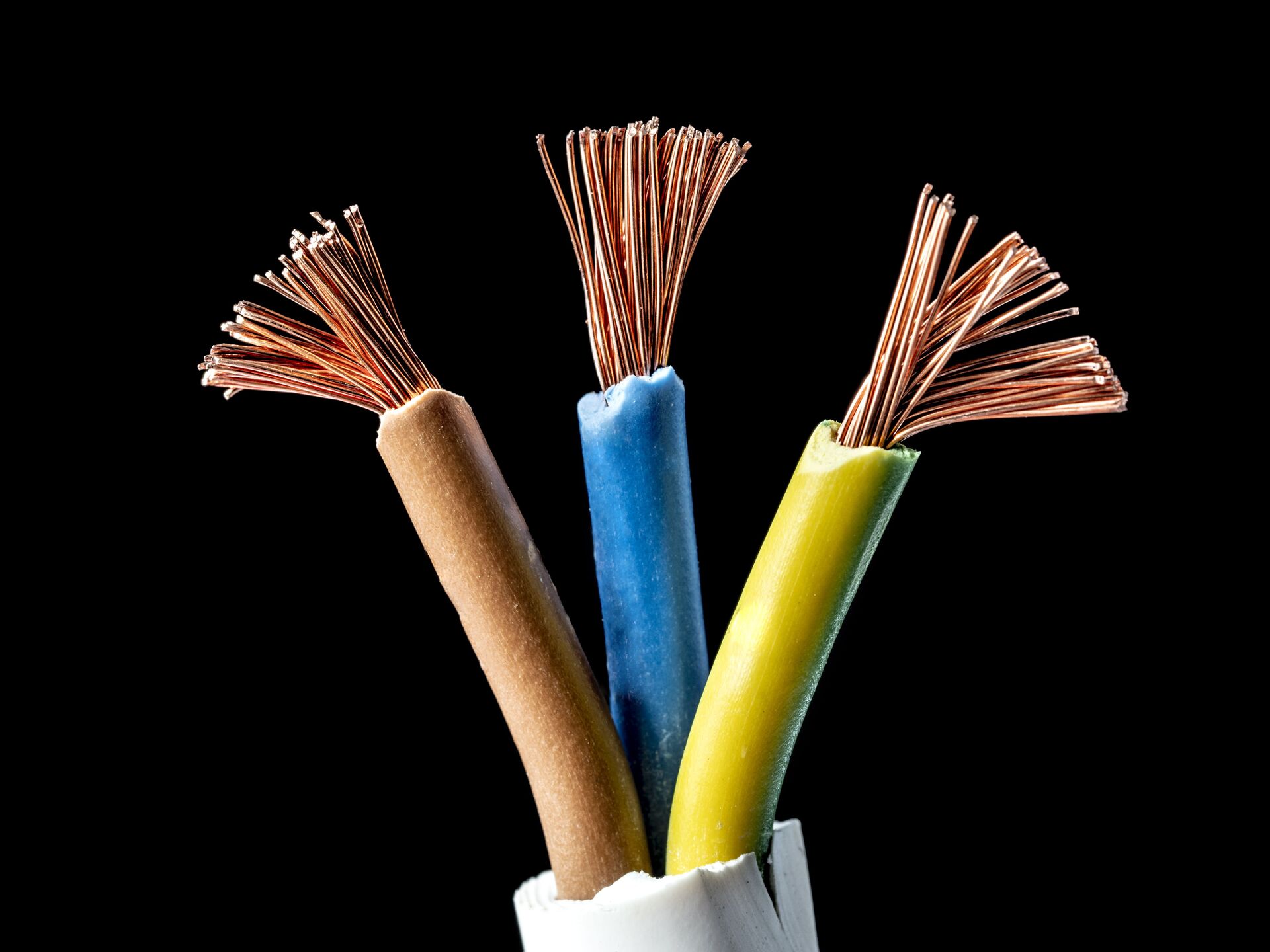
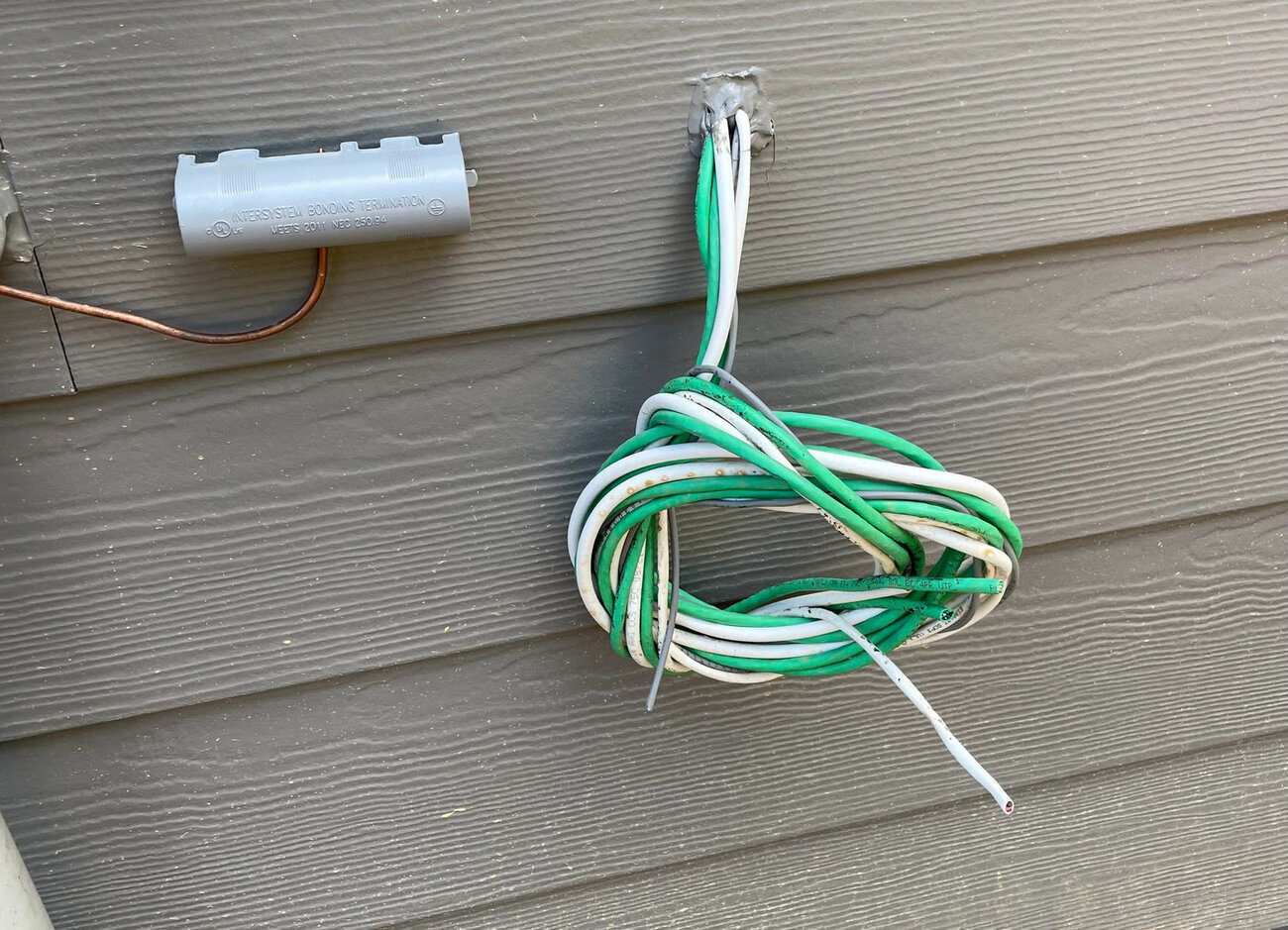
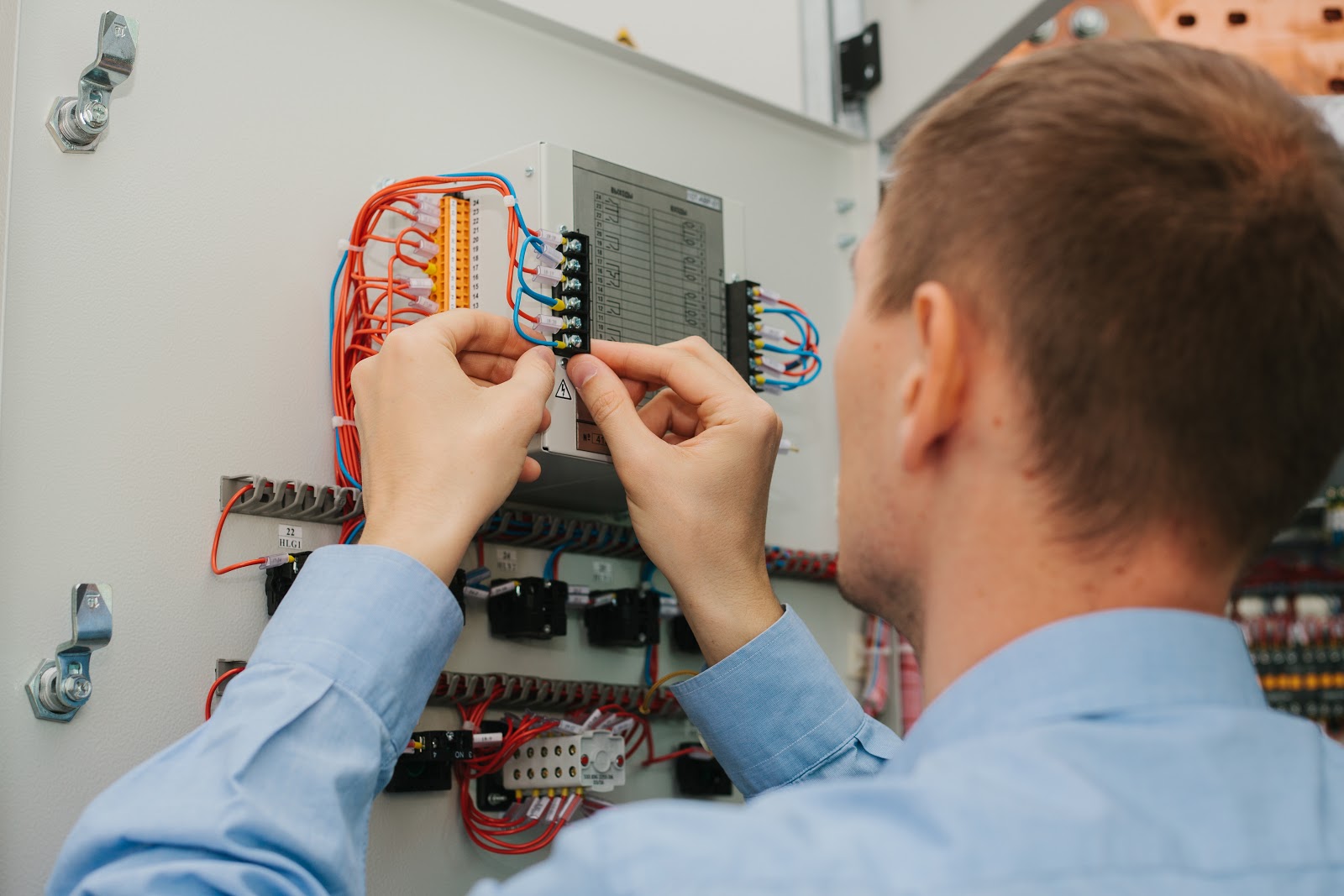
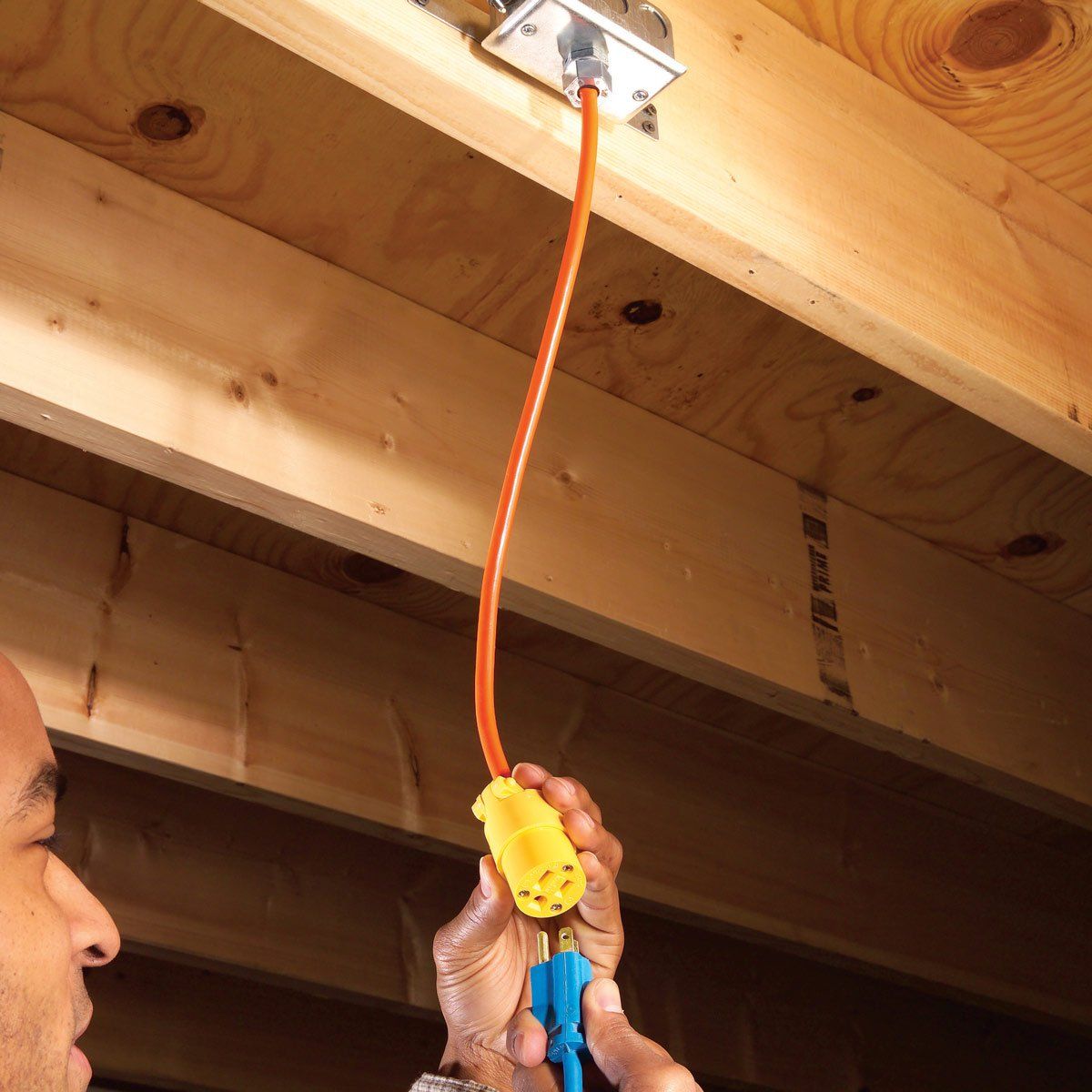
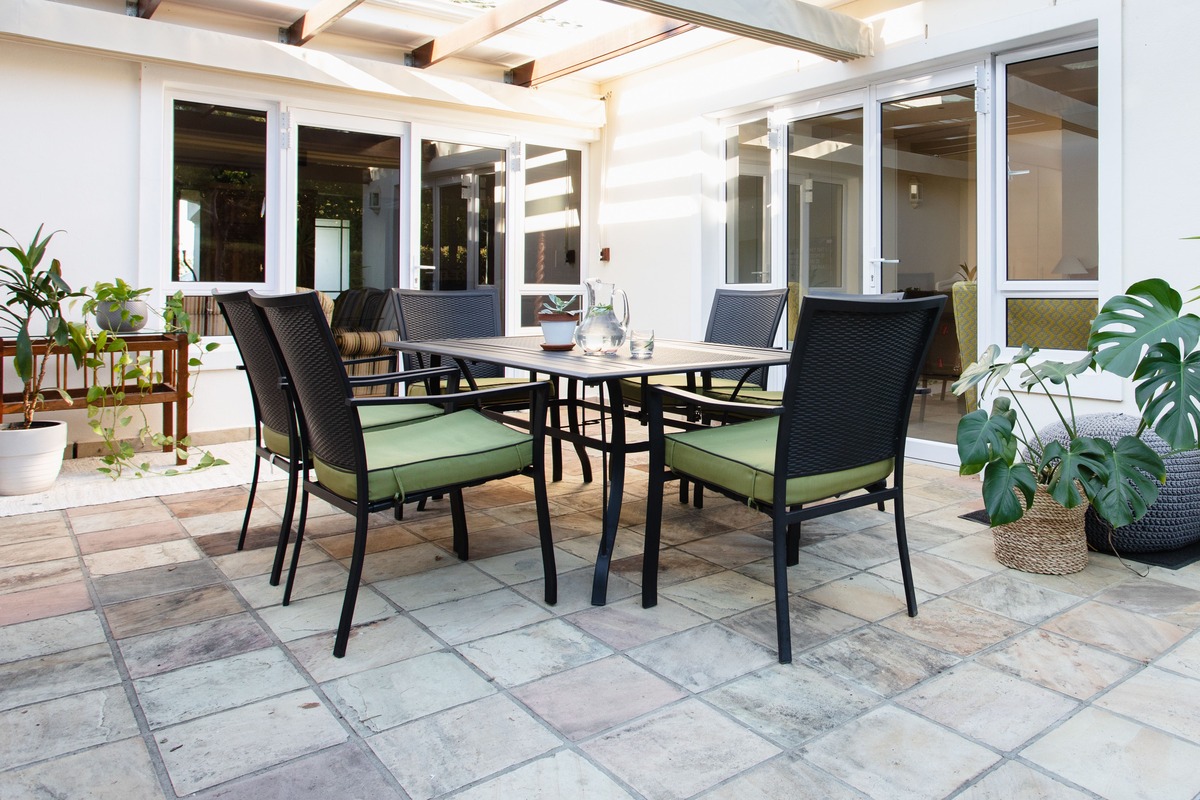
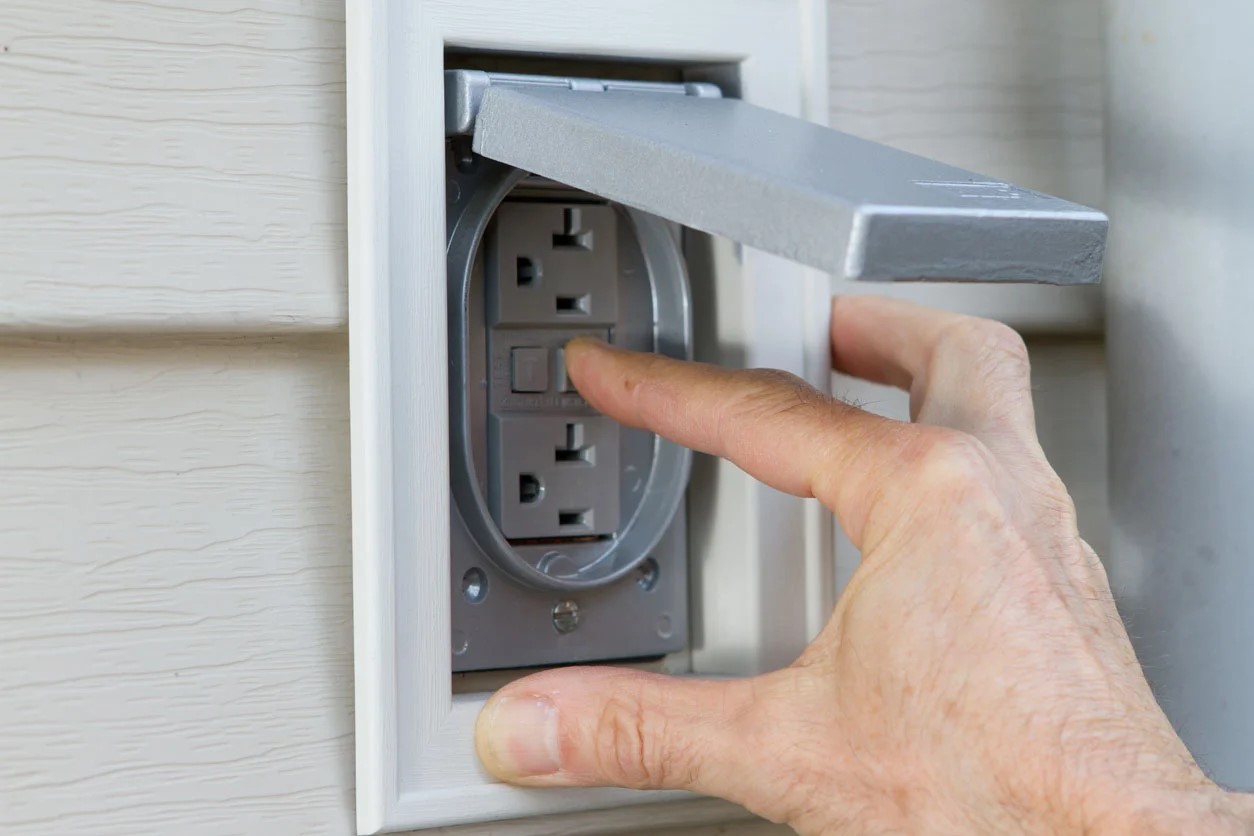
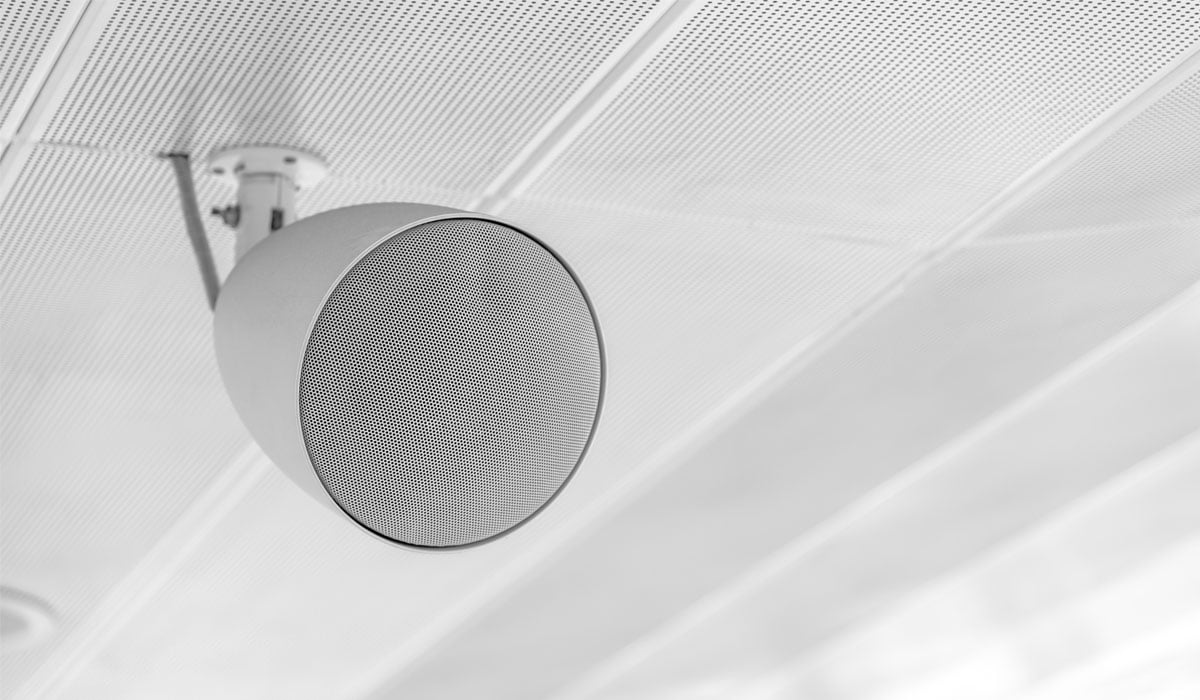
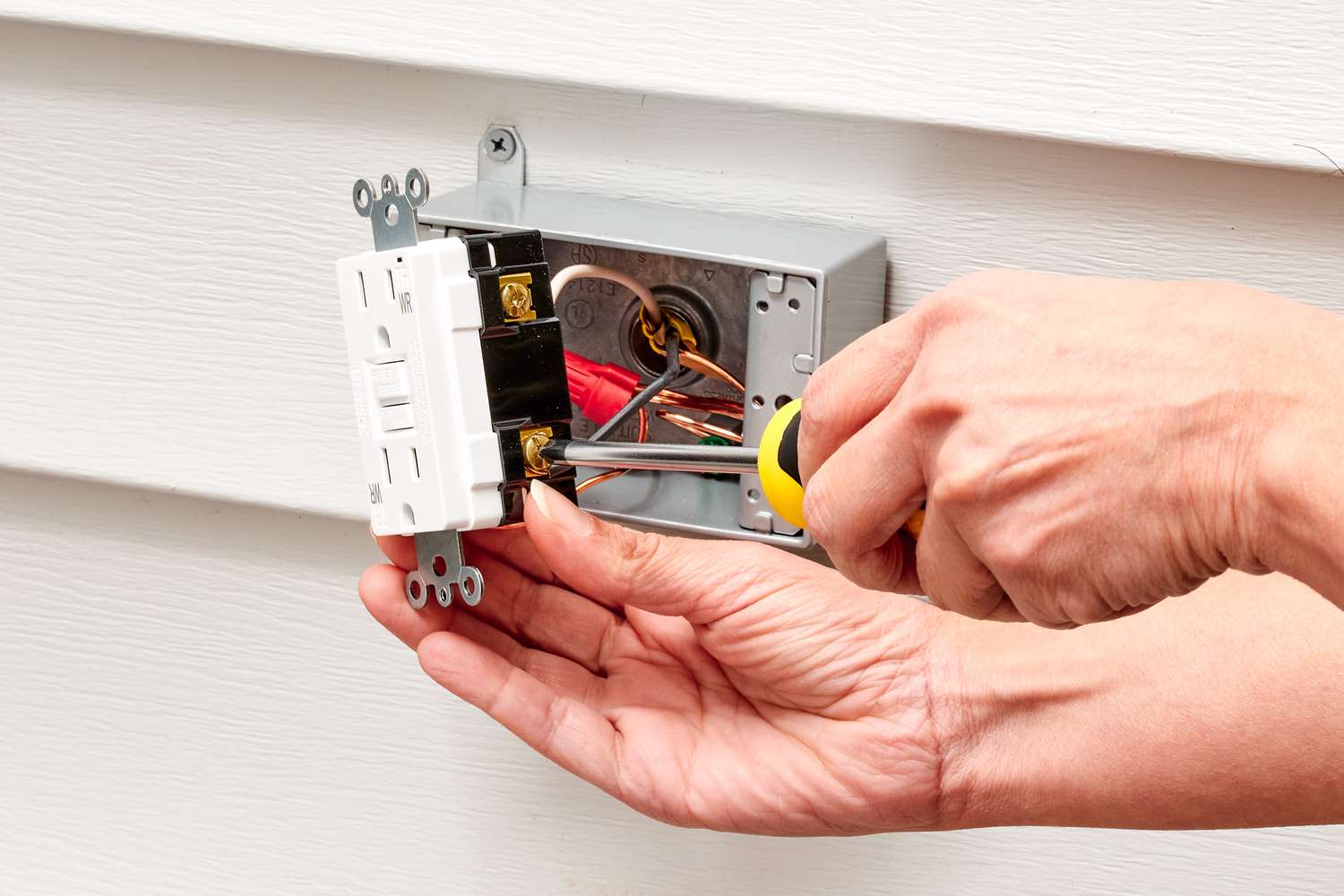
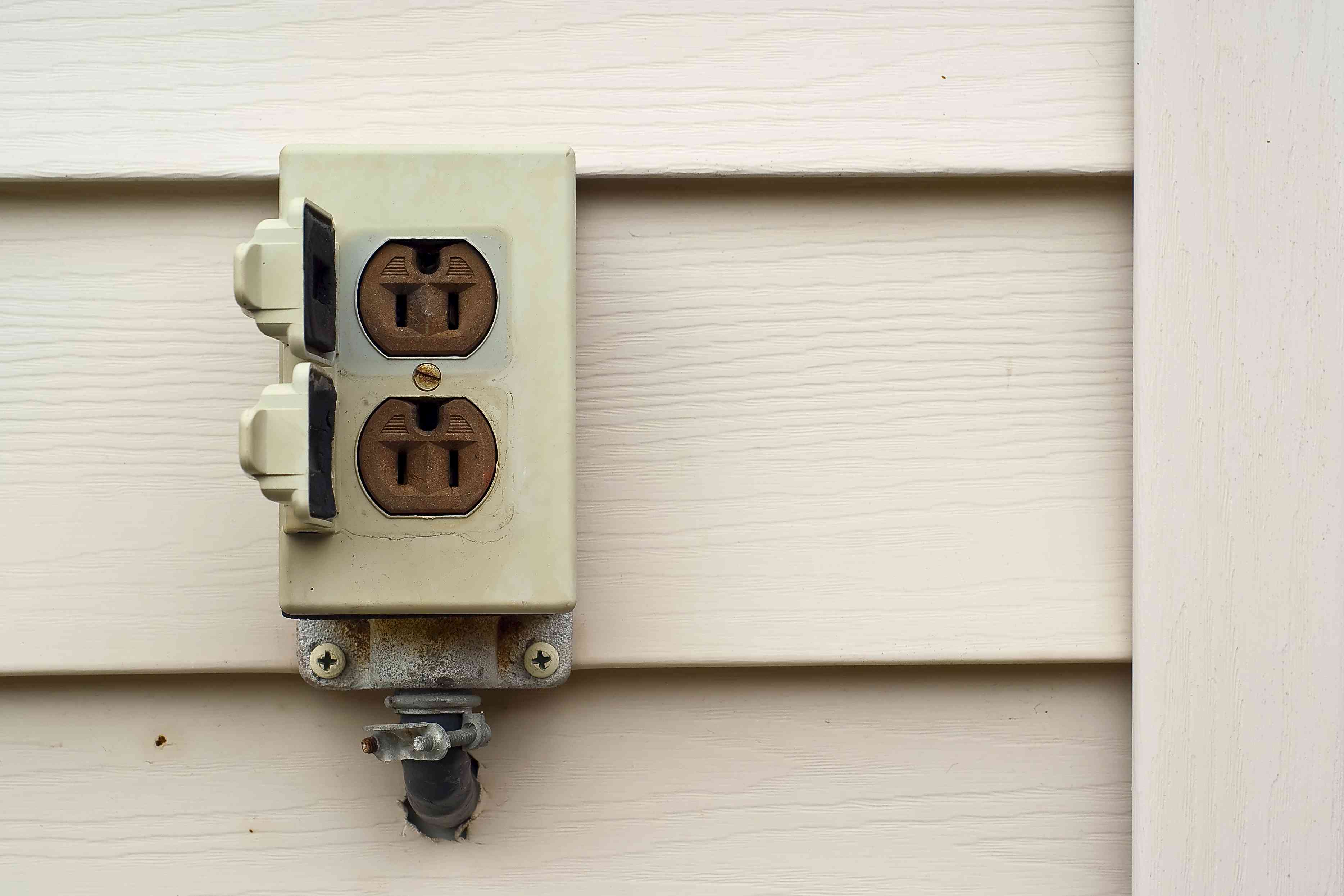
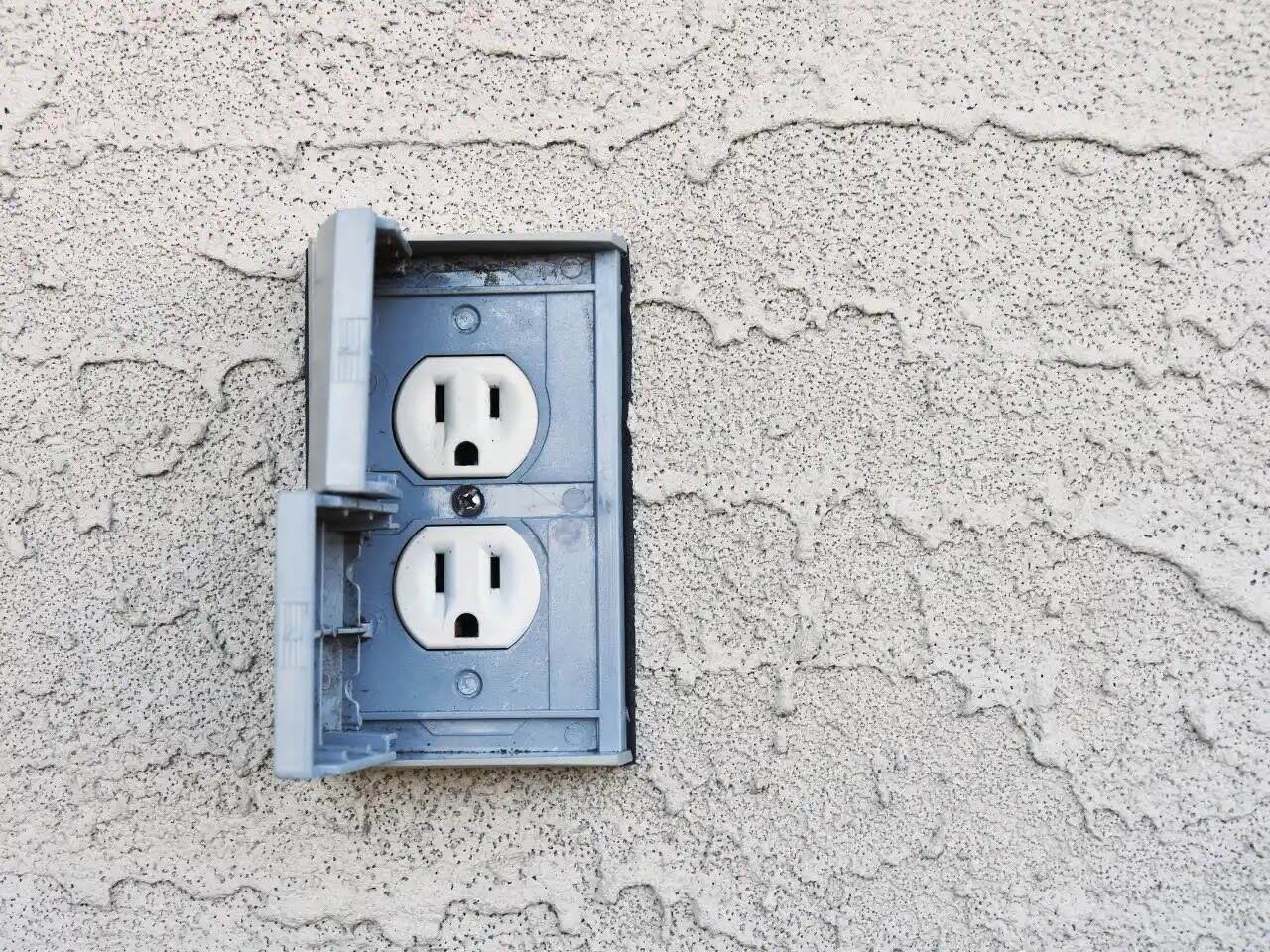
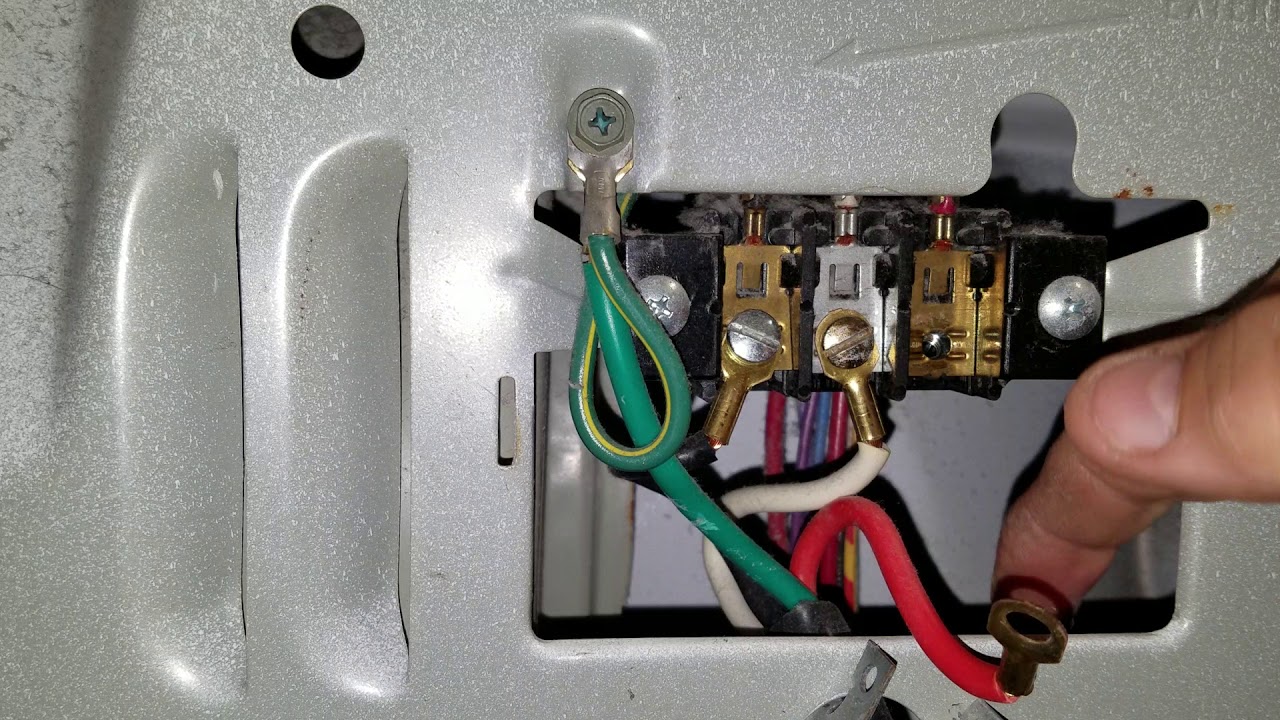
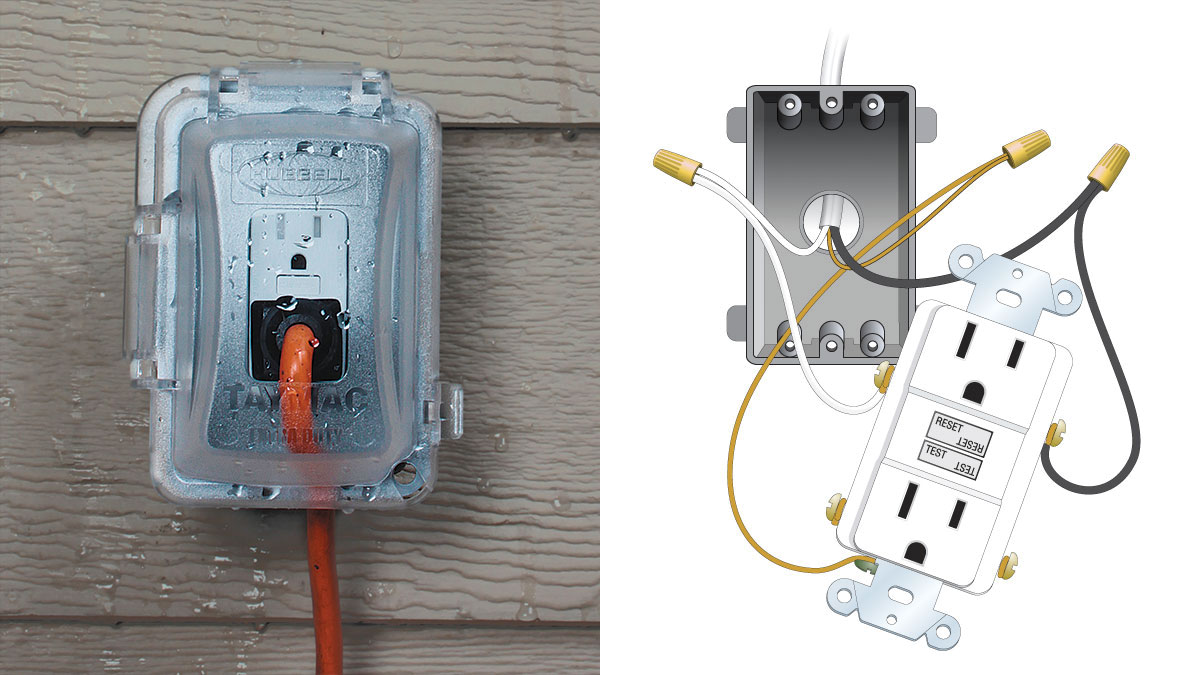
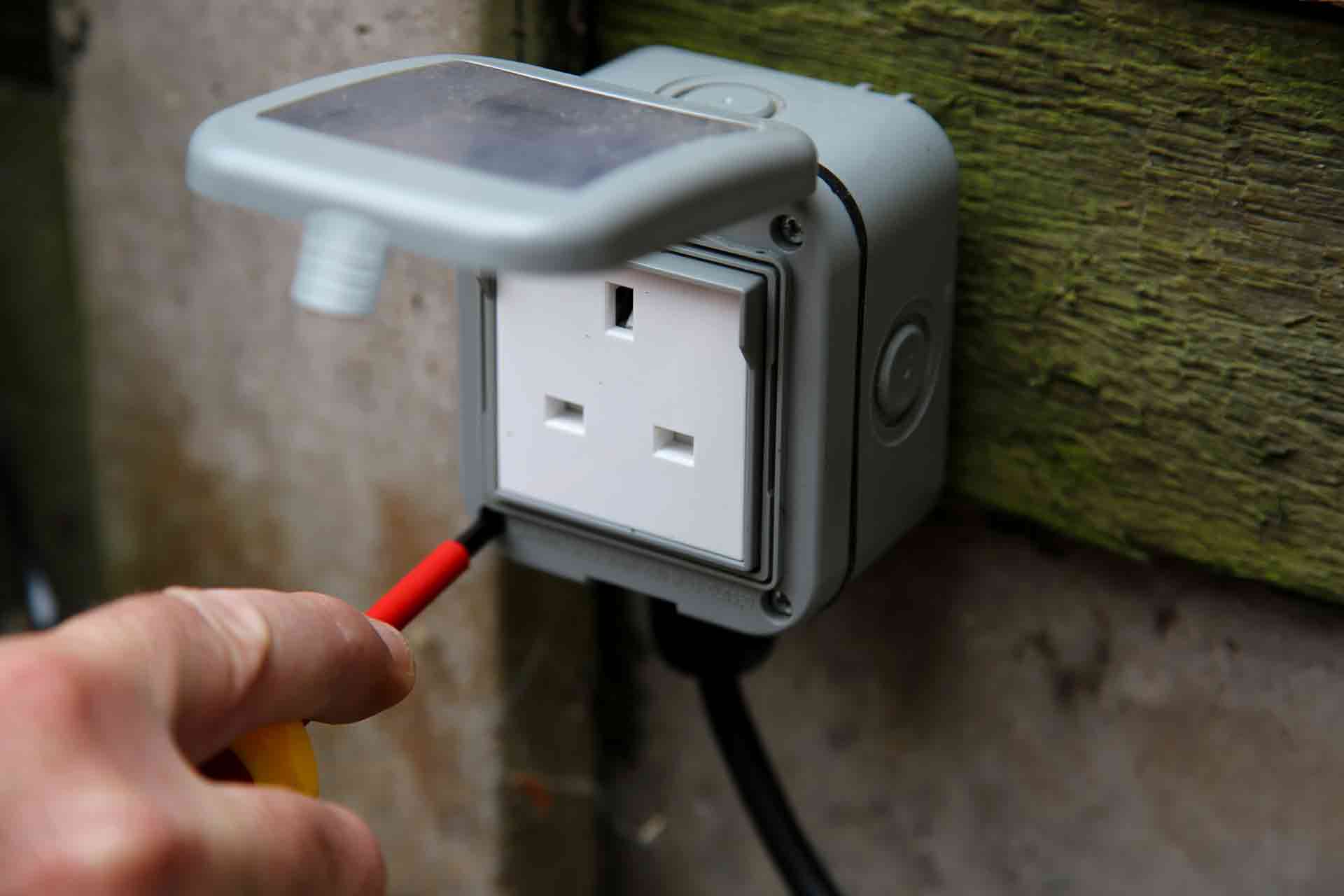
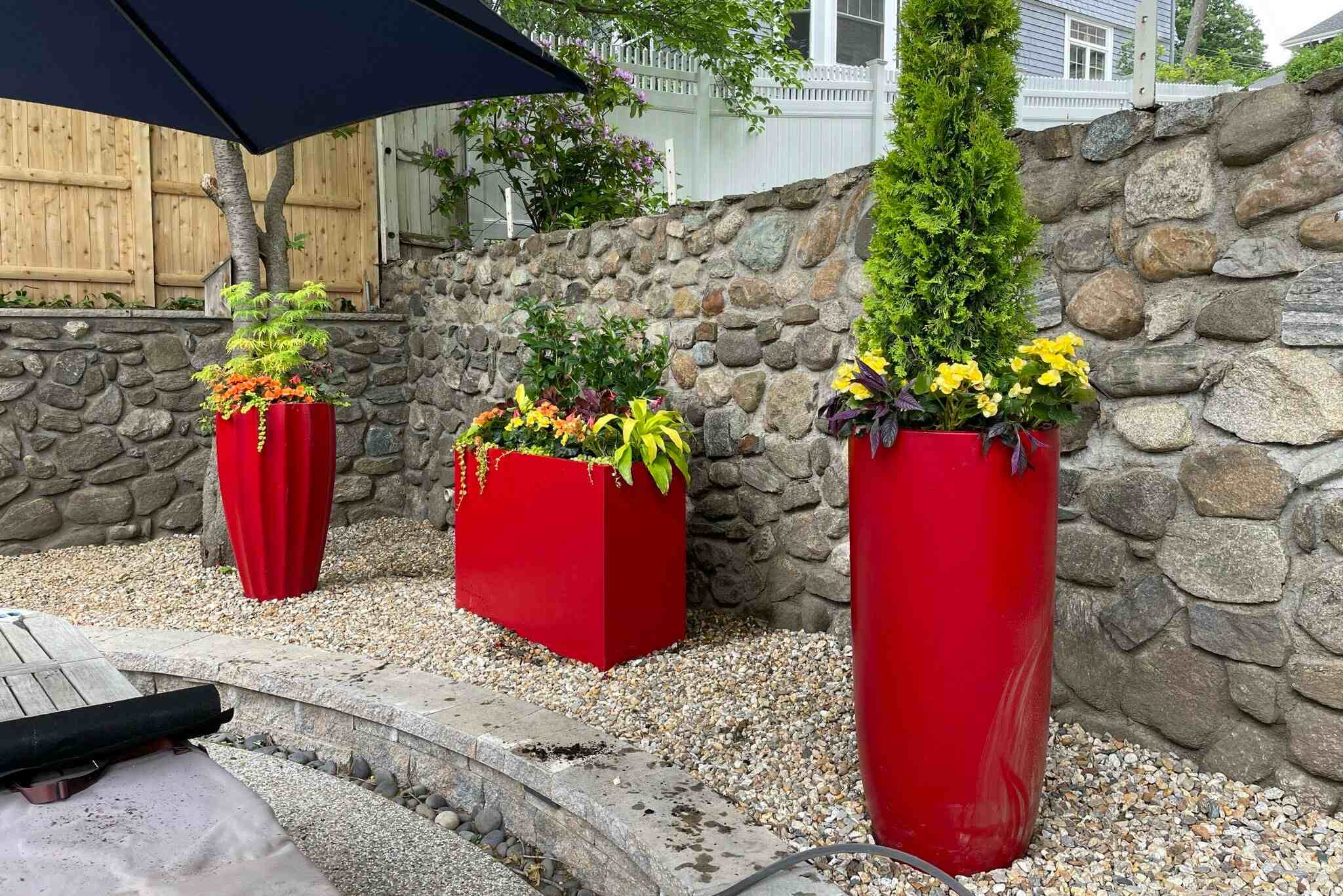
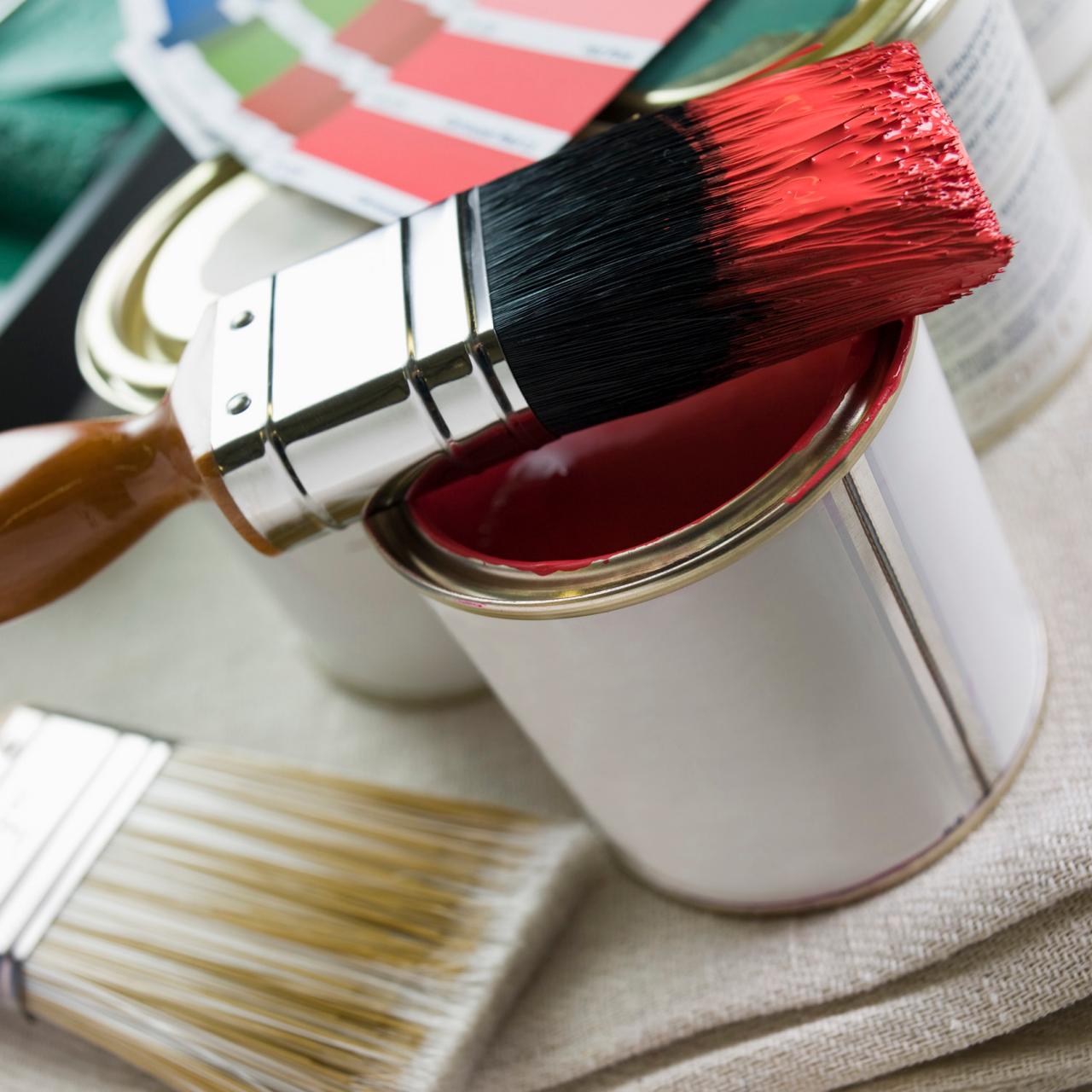

0 thoughts on “What Kind Of Wire For Outdoor Outlet”